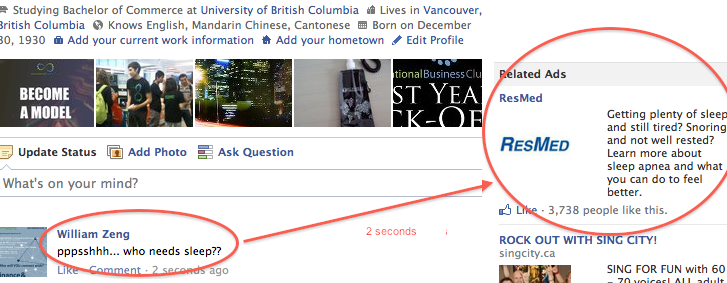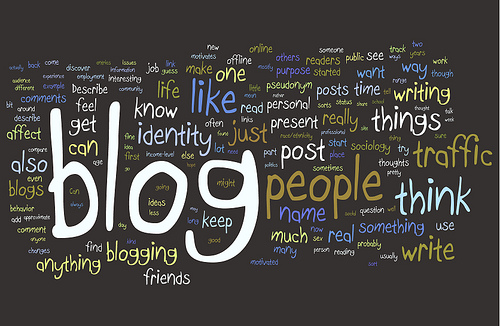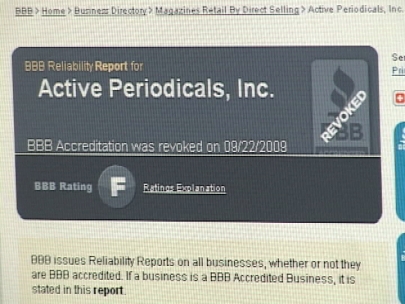https://www.youtube.com/watch?feature=player_embedded&v=1B442Uvi8yM
I present to you Olla Condoms’ facebook marketing campaign headed by the Brazilian agency – AGE Isobar.
The agency targeted specific male facebook users and created fake facebook profiles for their hypothetical unborn children by adding “Jr” to their names. These profiles then sent friend requests to their respect “fathers” further solidifying the encouragement for condom use. This idea is not only innovative, but also at a low-cost (though labour-intensive).
However, is it actually effective? When evaluating this question. Two main issues arise.
One, the effectiveness is hard to measure. We do not know how many guys who have received this invite were actually put into action. Ultimately, we don’t know if this will actually convince these guys to choose Olla condoms over other brands. In addition, the campaign emphasizes more on the importance of general condom use rather than focusing on differentiating Olla as a brand. Hence it is hard to choose appropriate metrics to measure the effectiveness of this campaign.
Second, the response has a high likelihood of backfiring as what can be humorous to one can be can be annoying to another. One negative response as by one commentator expresses:
“That’s not advertising. Its spammish behaviour. No brand shall friend request me, without a life time hatred called upon them. Stick to the ads – douchebags..”
It is evident that while personalized advertisement can be memorable, over-personalized advertisement can become annoying, spam-like, and semi-creepy.
This case study can be applied to other marketing campaigns that attempt to break the mold with innovation – though creativity is a good thing, it must also ensure effectiveness – successfully positioning the brand and putting the viewer into action.
Source: AdWeek














